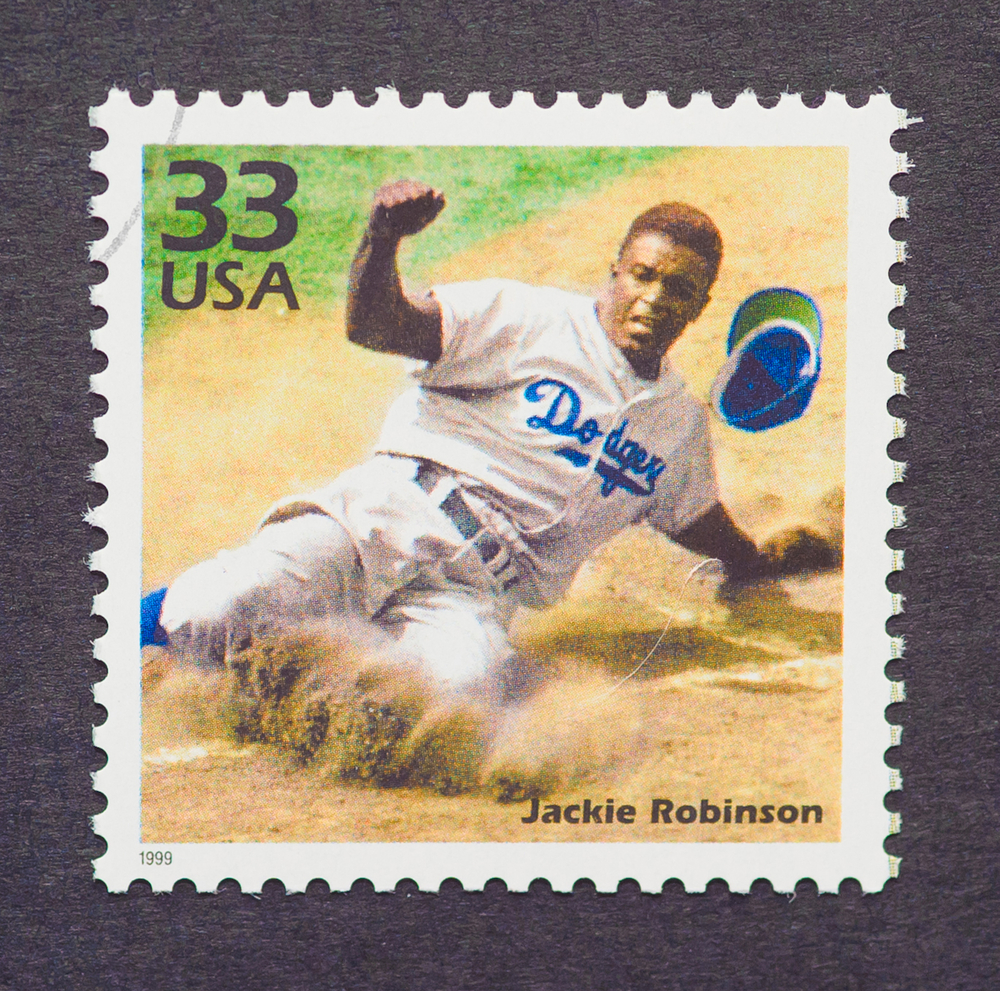
 Apple and Samsung Electronics periodically trade places dominating the smartphone market.
Apple and Samsung Electronics periodically trade places dominating the smartphone market.


Twitter (TWTR) investors are seeing a nice boost in share price today on rumors of a sale. Of the two companies looking to buy the troubled social media platform,Alphabet‘s (GOOGL) Google and Salesforce (CRM) , Alphabet appears to be the one most likely to be able leverage Twitter’s data and user base to drive revenue…
Google is one of the richest corporations in the world, and how it has amassed that fortune is primarily by selling ads that are related to people’s search queries. This is an extremely effective way to reach customers, because when you know exactly what somebody is searching for, you can deliver ads directly related to those queries. For some circumstances, it really is the only way to go.
But in other circumstances there is a different way to target customers and that’s using ads based on demographics, in Google’s case that’s called display ads. With demographics essentially you can reach users who you know have an interest in what you have to offer. When it comes to this type of advertising, Facebook (FB) is king. Facebook knows your age, sex, behaviors, what you like, it knows what you like to talk about and even what you’ve said. On top of all that, Facebook buys information about its users from third parties to know even more about them.


Facebook and Instagram are the two most viable advertising options in the social media environment today. With their targeting and large user base, marketers report substantial return from their advertising dollars on these platforms. While Snapchat has a large and growing base, many advertisers have struggled to see true valuefrom their advertising campaigns on Snapchat. While that notion doesn’t mean that over time marketers won’t see better returns from Snapchat, after all it took Facebook some time to get it right before marketers began to see return from their platform, however the reality right now is that money is better invested in advertising on Facebook and Instagram.

WebiMax CEO Ken Wisnefski penned this blog on the new Giphy Keys for Mobile Marketing Watch
I know new smartphone users in their 70s who not only use emojis, but talk about the meanings and nuances behind them. In 2015 Oxford Dictionary named (smiley face with tears of joy) its word of the year. I hope this helps make it obvious that technology affects the way that we communicate with each other, sometimes changing what we say, and sometimes fundamentally re-shaping our thoughts into new modes of communication altogether. Giphy’s new keyboard is a big deal and is one example of tech with the potential to re-shape our communicative capacities.
How it works:
Giphy Keys allows people to quickly and easily find an appropriate (or inappropriate) short looping video file or “gif” and share it in just about any app with a text field and a send button. Admittedly, sharing gifs is nothing new, but up until this point sharing gifs took a little bit of internet savvy and enough steps to make it prohibitive to some. Thanks to Giphy Keys it’s about to get a whole lot more common, much like the use of emoji has become.
Everyone knows the old adage that “a picture is worth a thousand words,” and in our modern world of abbreviated communication, that fact is not lost on emoji users. The use of Emoji has already proven to be a necessity to digital marketers looking to engage younger audiences, in fact, a recent study by appboy shows that emoji use in emails has increased by a staggering 7,100% and 777% in campaigns since last year.

Videos in the form of gifs however offer distinct advantages for marketers over the static emoji both in that they are potentially more evocative and more fun. Giphy’s own advertising slogan is a play on the old (picture = 1,000 word) adage with, “A Gif is worth 1,000 feels.”
Last month Giphy brought an app to Android that allowed users to search the Giphy database and copy/paste gifs into other apps, however this still required users to be in two separate apps to get the job done. About a year ago, Facebook began testing the integration of Giphy’s database into their messenger app, which worked in conjunction with smartphone keyboards with essentially the same functionality of the new Giphy Keys app; however this functionality stayed exclusively inside the Facebook Messenger App. With its new keyboard, Giphy is both streamlining and democratizing the use of Gifs. While it is true that Giphy Keys is only available on IOS, an Android version is in the pipeline according to Giphy.
Giphy proclaims “Gifs are a language…, and we all know how to speak it,” and I would tend to agree with that. The creative options are both limitless and ever-changing; and Gifs will certainly find their way into the marketer’s lexicon if not the Oxford Dictionary someday. Professional communicators, i.e., marketers, PR pros, media, and politicians will have to adapt in order to connect.

 The 69th anniversary of Jackie Robinson’s breaking the color barrier in Major League Baseball is a good time to speak about collectibles as an investment and about authentication.
The 69th anniversary of Jackie Robinson’s breaking the color barrier in Major League Baseball is a good time to speak about collectibles as an investment and about authentication.
This week, Collectors Café, a company for which my company WebiMax handles the digital marketing, unveiled the original signed Jackie Robinson contracts for both the Brooklyn Dodgers and Montreal Royals. These contracts were authenticated by several experts and have been appraised at an estimated value of more than $36 million.
While collecting may be a passion for some, rare and valuable items can also yield astonishing returns, and may be a particularly good option when things get rough in the securities market. In 2010, The Wall Street Journal analyzed the past five year’s ROI of 30 of the most sought-after sport trading cards and measured that against the return of 30 companies that made up the Dow Jones Industrial Average at that time. What they found was that the cards outperformed the Dow Jones with an average return of 12.4% to the DJIA’s 7.9%.
But investors need to be careful. While securities markets may sometimes seem rife with fraud, the collectibles market can suffer similar problems, but without the same regulatory oversight.
To protect themselves, potential collectors should at least seek some kind of a guarantee of authenticity from a dealer, though it would be better to get a Certificate of Authenticity (COA) from a third party. That’s where each COA includes a hologram sticker serial number that corresponds to that authenticator’s own database. In many cases, an authenticator will be present to witness the signing of items.
The reputation of third-party authenticators is at stake for every piece on which they sign off. Some of the most reputable names in third-party authentication are James Spence Authentication or JSA and PSA/DNA. Collectors Café differs in that
the authenticity of its collectibles is underwritten by policies from seven insurance companies — Lloyds of London (HISCOX), AIG , Liberty Mutual, Chubb, CV Starr, XL, and Navigators.